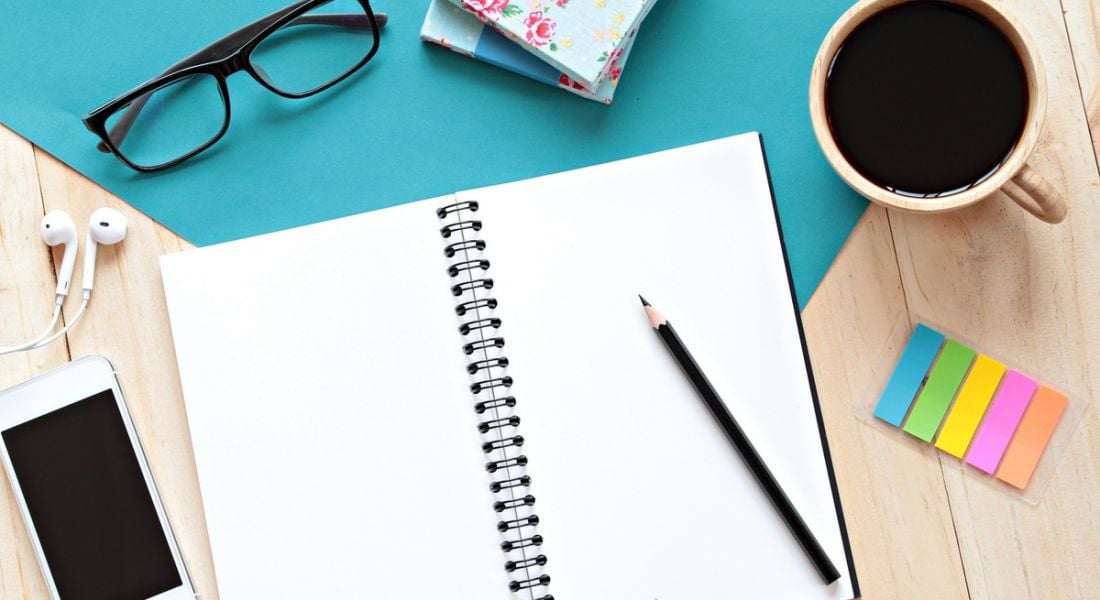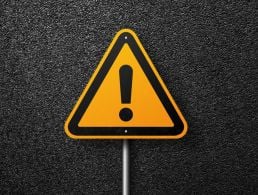How often do you take notes in meetings? How good would you say your note-taking skills are?
In a world with vast amounts of technology at our fingertips, it’s no wonder that we’re putting pen to paper a little less these days.
When you look around the room in a meeting, how many people have notepads out? Are they taking down diligent notes or just doodling?
While some might believe note-taking to be a tedious waste of time, it’s actually one of the most important skills you can have in your professional career.
One of the main reasons people might not take notes in meetings, conferences and sessions is because few were ever formally taught how to take notes efficiently.
Needless to say, transcribing things almost word for word is indeed a waste of your time.
Taking notes keeps you focused, keeps track of in-the-moment comments and questions, and effectively communicates important information to others.
However, proper note-taking is a skill – an art even – and one that needs to be nurtured and honed.
So, how can you make sure you have the necessary skills that will ensure professional success?
Choose the right tools
The tools you use for note-taking can be quite a personal choice. However, for those who are already reaching for their netbook, hold your horses.
Studies show that you are more likely to remember things you have written by hand rather than things you have typed.
Depending on the type of notes you’re taking, choose your notebook carefully. Do you take a lot of notes under different headings? A ring binder might be best here. If all your notes will be chronological, a bullet journal or simple spiral notebook might work better.
Keep it simple …
Your notes should not be a straight transcript of an entire meeting – we all know how meetings tend to meander around different points before getting to the important stuff.
Make sure you take down the main bullet points and don’t overcomplicate the details. By all means, take down additional comments or unanswered questions to ponder over at a later stage, but even these should be kept short and concise.
… but not too simple
A major pitfall for note-taking is keeping it too simple. There’s a big chasm between long-winded paragraphs and one-word bullet points.
Even if you think you have the gist of the point, think about how much sense it will make if you look back on that same point three months down the line.
Your notes should definitely be simple, but be sure to include the context every time so that, not only will you remember the meaning, but someone else will also be able to decipher them if needs be.
Structure them well
How messy are your notes? You probably already know that a disorganised notebook is not a good sign. The ‘tidy desk, empty mind’ trick may work as a defence for your messiness, but evidence shows that an unstructured notebook will not do you any favours.
In fact, according to Quartz, the Journal of Reading compared different note-taking methods and found that the most rigorously structured notes, with everything from numbering to subsections, had the most accuracy.
Become familiar with the kind of notes you take on a regular basis; create headings, sections and subsections; and work from there.
Don’t highlight your notes
Are you guilty of highlighting or underlining the ‘important parts’ of your notes? Bad news: studies show that those age-old techniques are a waste of time.
A more effective way to drill particular notes or content into your brain is to simply reread them as soon as you leave the meeting.
Highlighting and underlining will not only hinder retention, it will also take some of your notes out of context.




